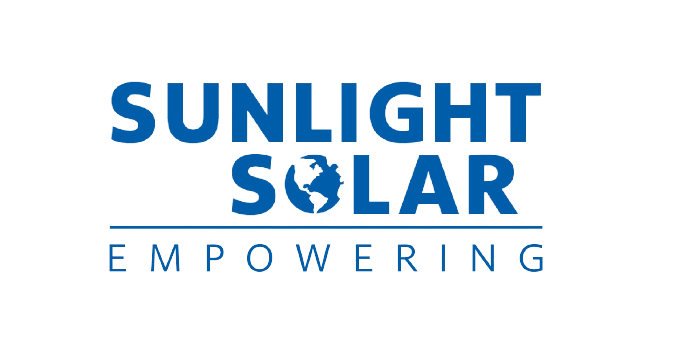Summertime thunderstorms can be a beautiful natural phenomenon to watch. However, their effects are much less beautiful. Losing power can be much more than an inconvenience, and many people ask us how it affects solar photovoltaic systems.
Grid-tied solar PV systems will not function without power from the utility grid. In the event of a power outage, the inverter will detect the outage and automatically shut down. As a result, your PV system will not be able to operate when power is lost to your home.
This safety mechanism protects utility repair crews from being injured by electricity flowing from the PV array into what they would expect to be a “dead” power line and is a required function in all grid-tied solar inverters. This function also protects your home’s appliances and electrical system from being overloaded by any excess power the PV system might produce when it is not able to feed unused power to the utility grid.
Once power is restored to your home, the inverter will detect the restoration of utility power and turn on automatically after a mandatory five-minute waiting period. If the inverter does not come back on after power has been restored to your area, you should call your solar installer.
There are options to provide your home with electricity during a power outage. One option is to include a battery backup with your solar PV system. A battery backup system will allow the solar PV system to operate, providing your home with power for as long as there is appreciable daylight.
Another backup power supply option for power outages is a generator. Generators can be connected to a home with a solar PV system, but it is important to ensure the two systems will not operate at the same time. If you or your electrician is unsure about the proper installation of generator with a PV system, please call your solar installer before the installation of the generator system to ensure the systems are installed correctly.
